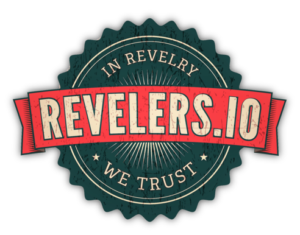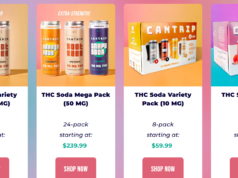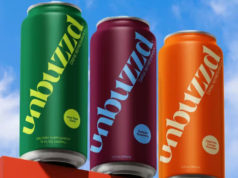*This feature was first published in the November 2017 edition of The Spirits Business
“I think we’re at one of those inflection points,” professor Alan Wolstenholme, chair of the Scottish Craft Distillers Association, told delegates at a conference in Edinburgh in September. Behind him, a graph from the US showed craft spirits with a 2% market share and perfectly tracking craft beer, now with 10%. “Could it happen here?” he asked. “Could craft spirits hit 10%? I think it could, and that would be a game changer.”
Organised by the law firm TLT, the Distillers Law and Information Training Event included talks on funding, intellectual property and licensing, but it was Wolstenholme’s comments that caught the optimistic mood. Twenty distilleries have opened in Scotland in the past two years and 40 are in the pipeline, according to fellow speaker David Williamson, the Scotch Whisky Association’s public affairs and communications director.
“I don’t have a crystal ball. I’ve been wrong before,” said Wolstenholme afterwards, but having worked in the industry since the late 1970s, he sees parallels between craft beer and the rise of single malts. “They went from zero to 3%4% in the 1980s, and people were saying ‘how long can this last?’ Now they’re on 10% by volume and 30% by value,” he said. Liam Hughes, cofounder and CEO of The Glasgow Distillery Co, producer of Makar Gin, claimed that the craft spirits boom “is inevitable because of the change in consumer demand. People are drinking less but they want clear, honest provenance and good-quality products”. He wouldn’t be drawn on predicting an eventual market share, but said: “I think the rise has a long, long way to go.” In terms of craft whisky, he is looking forward to next year, “as companies like ours start to release their first small batches. I’m very intrigued and slightly terrified by how the consumer will react”.
The whisky consultant and author Blair Bowman, who was on the panel for the event’s Q&A session, was also struck by Wolstenholme’s graph. “I’m not sure we’ll reach the equivalent share in Scotland,” he said, “but it seems everyone and his dog is setting up a distillery. It is now probably easier than ever to have a chat with a friend in a pub and say ‘let’s open a distillery’.”
However, in his talk, Adam Hardie, partner and head of food and drink at chartered accountancy Johnston Carmichael, suggested it wasn’t quite that simple. His company has become the go-to firm for any aspiring booze baron north of the border. It has 425 food-and-drink clients and has been involved in £350 million (US$464m) of corporate finance transactions in the past 12 months.
“Investors invest in the route to market, not just in a great product,” he told delegates, before running through the various options of grant, debt and equity funding, as well as the alternatives of crowd-funding and crowd-lending. Thanks to the former, he said Brewdog had “reinvented beer, and reinvented funding”.

The Glasgow Distillery Co’s Makar Gin
CASH IS KING
Adam Hunter, commercial manager at the single-estate distiller Arbikie, spoke about craft vodka and the importance of provenance. Like others, Arbikie is establishing its brand through vodka and gin, while laying down casks to mature into whisky. “Cash is king in craft whisky,” he said. “If you don’t manage your cash flow your business will fail.” And this remains an obvious barrier to entry for any would-be whisky-maker.
The fact that a whisky distillery costs at least 10 times what a brewery costs was pointed out by Adam Hardie, who said: “The returns on your investment will take seven years at least, and probably more like 10, whereas business angels will be looking for a return in three to five years.” While spirits entrepreneurs should never underestimate the financial hurdles, they shouldn’t be put off by the naysayers.
“I remember two years ago a director at Tennent’s saying ‘I think craft beer is a flash in the pan’,” Hardie told me. “He’s not saying that now.”




